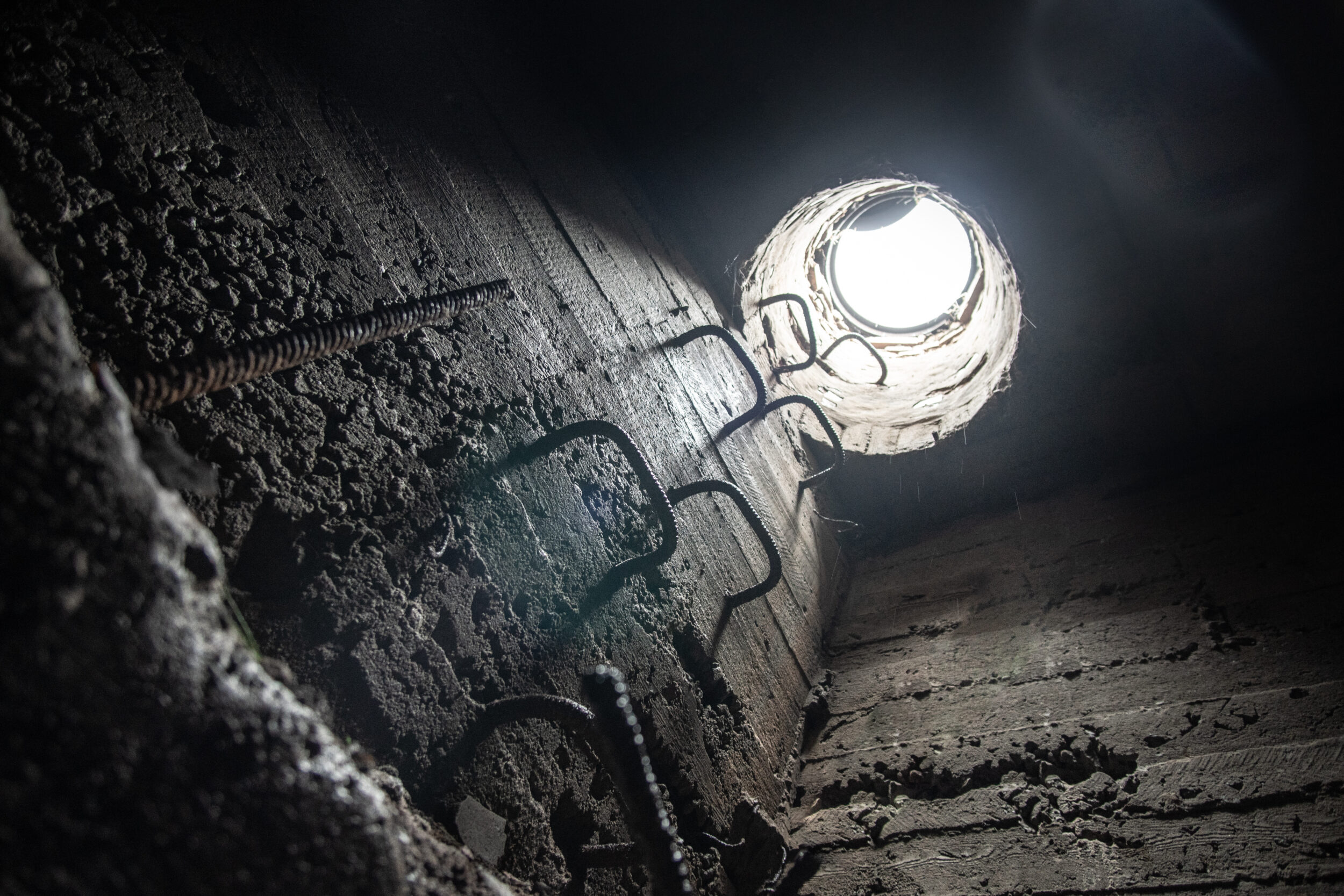Sewerage systems
A broad overview of sewerage systems in France With almost 400,000 km of pipes, the French sewerage system collects wastewater […]
With almost 400,000 km of pipes, the French sewerage system collects wastewater and rainwater, which it then treats and releases back into the natural environment. Its replacement value is estimated at 192 billion Euros. Despite this, only 0.4% of this system is renewed each year. In 2023, it remains relatively unknown, with an asset knowledge and management index of 71/120. This indicator for public water services is calculated by taking stock of the network plans and actions associated with how it is managed (renewal, modelling, identification of water losses, etc.). Therefore, it is essential to monitor, manage, improve knowledge and raise awareness among management bodies. It is worth noting that in Europe, 23% of water and sewerage systems are over 50 years old.
The role of sewerage systems is to collect and treat wastewater, i.e. domestic wastewater (from bathrooms, kitchens, toilets, etc.), industrial wastewater (from the production activities of companies, etc.) and rainwater and run-off water (rainwater can be polluted with impurities and residues).
Once treated, this effluent does not pollute the environment or endanger the health of the population. This means that sewerage systems represent a major factor for public health.
Industrial water is only mixed with domestic water when it no longer poses a threat to the network or to the operation of treatment plants. This is why this type of wastewater is sometimes the focus of pre-treatment by industrial companies.
Wastewater and rainwater are drained away under the influence of gravity. In other words, the slopes make the water circulate through the system. This means that collectors rarely operate under load, i.e. under pressure. This water is then sent to the treatment plants where it is subsequently treated.
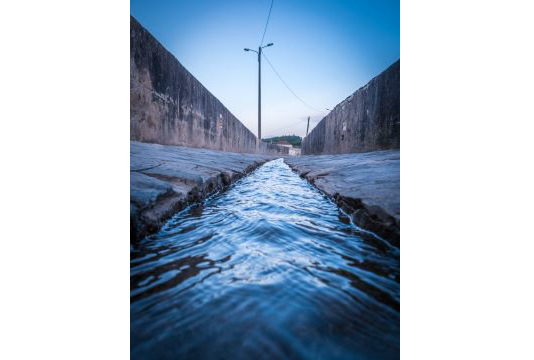
There are two types of sewerage system:
In France, 2/3 of the wastewater system is made up of separate systems and 1/3 of combined sewer systems.

The size of the sewerage system depends on the quantity of water to be discharged. The larger the volumes to be discharged, the more the system will be designed with larger diameters.
Wastewater systems are made up of:
When carrying out work on the sewerage system, operators must ensure that the systems are capable of evacuating the water to be collected and that it will reach its intended destination.
To safeguard the long-term future and efficiency of the system, a number of solutions are available:
These solutions help to improve the management and performance of sewerage systems with the aim of preserving water resources. These include the autonomous and smart measurement and recording systems from Ijinus, a Claire Group company.
With its metrology equipment and sensors/loggers, complete ongoing diagnostics of the sewerage system can be carried out. These smart, communicating instruments provide effective information on the condition of the system, by means of a supervision platform to which the data is forwarded. It provides global, remote monitoring of the equipment population.
For example, the IJITRACK web-based supervision platform can be used to view and analyse data from sensors and data loggers. System monitoring can be customised with alerts to improve the response times of teams in the field. It is also possible to export measured data and geolocate sensors on a map.
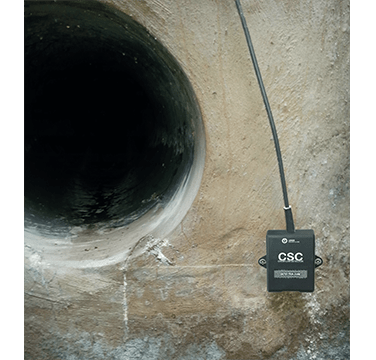
In order to maintain and check their efficiency, sewerage systems are subject to regulatory self-monitoring. This procedure is compulsory and must be carried out by the local authority that owns the system.
Regulatory self-monitoring implies:
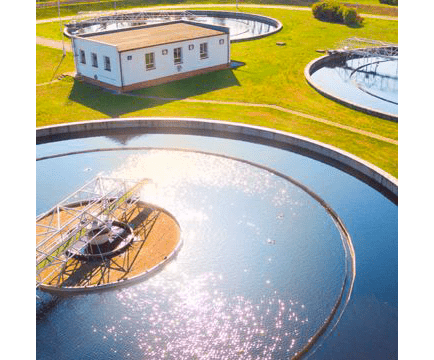
Hydreka, a Claire Group company, has the expertise to assess water quality in wastewater treatment plants. In order to maintain the performance of treatment processes at wastewater treatment plants (WWTPs) and to comply with water quality objectives, Hydreka's teams have the expertise to install solutions that identify potential biological or mechanical malfunctions. The "NODE" solution provides an essential management tool for monitoring and decision support. By using it, operators can optimise the performance of their plants while mitigating the risk of incurring financial penalties.
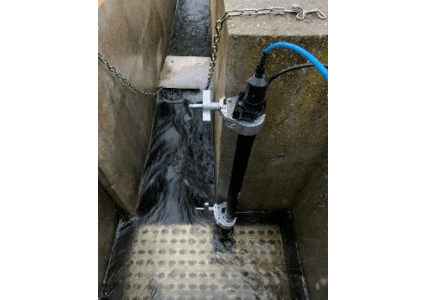
When it comes to the operation of these systems, certain rules must be adhered to:
While rainwater is discharged primarily into the natural environment, connecting it to a combined sewer system is not prohibited, but remains a last resort. On the other hand, it is forbidden to connect a rainwater system to a strict wastewater system.
Similarly, a strict wastewater system may be connected to a combined sewer system when there is no technically and economically feasible alternative. However, it cannot be connected to a rainwater system.
To recap:
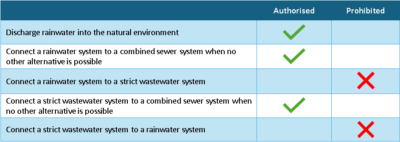
As far as connections are concerned, it is perfectly possible to transfer wastewater from a pipe made of one material to a pipe made of a different material, as long as the supplier's recommendations are followed.
However, it is forbidden to connect a pipe to another pipe that has a smaller diameter.
As an essential system from both an ecological and a health point of view, wastewater treatment is governed by rules designed to ensure that it functions properly.
With an asset knowledge and management index well below that of the drinking water supply network (103 points in 2023 for drinking water), and a very low renewal rate, it represents a real challenge for local authorities.
This means that existing monitoring solutions are the best way to improve system knowledge and, ultimately, system performance.
To find out more about our equipment dedicated to the performance of sewerage systems, check out our interactive catalogue.
